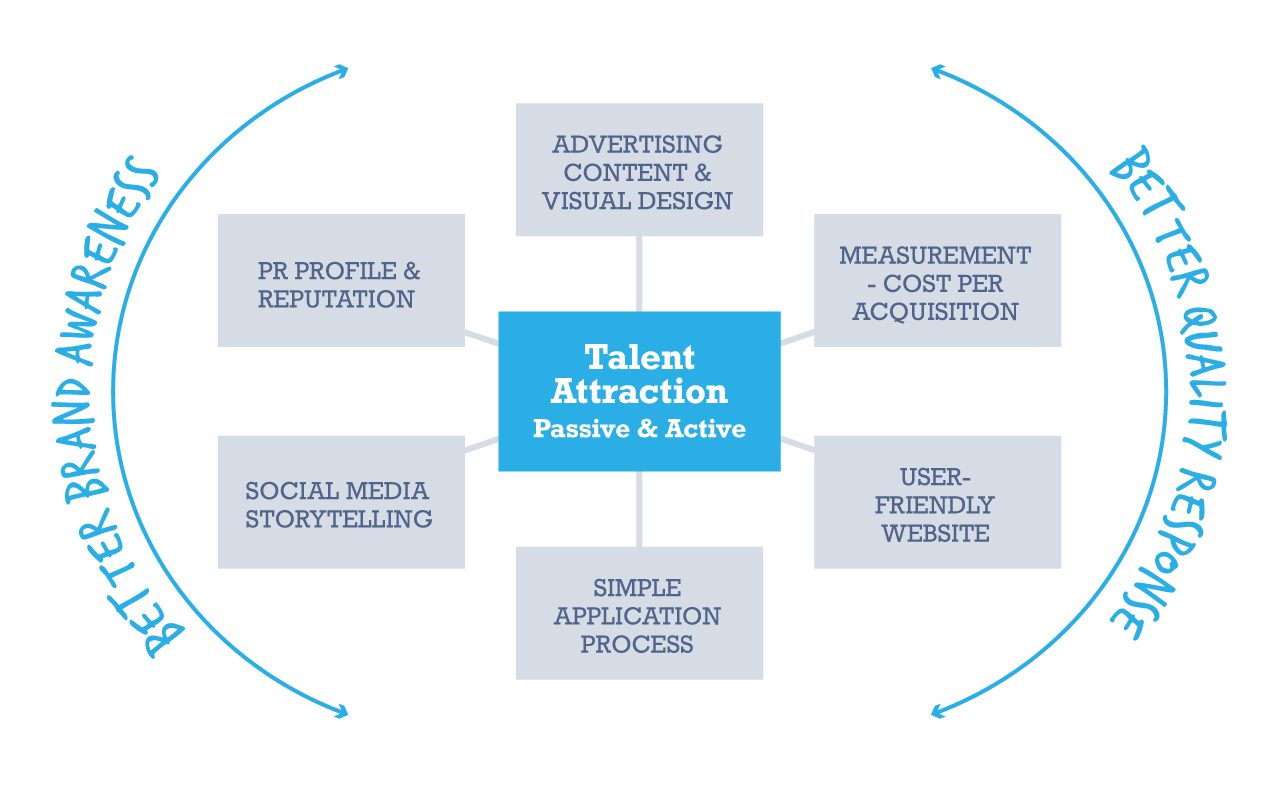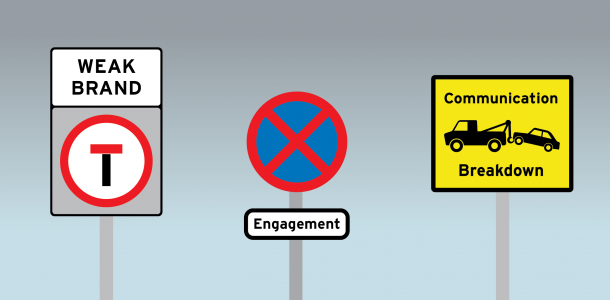I'm old enough to remember the days when recruitment advertising filled the pages of the…

Silver bullets, eureka moments and the realities of talent attraction
Results don’t just happen all by themselves. Success in any area is more often the end of a complex process. It’s the last of many steps, the sum of many parts. Instead of game-changing eureka moments, there is an accumulation of experience – all the knowledge gleaned over years of highs and equally valuable lows. (Much like my own 30+ years’ experience.)
Recruitment strategy and talent attraction is no different. There’s no one thing that makes it work – it succeeds when all the parts are in place and working well.
It used to be a lot simpler. Job adverts in newspapers would do the bulk of the work. It was a clear transaction: job seeker buys newspaper on the right day of the week, browsed the ads, then picked up the phone. But even then, we had to have all the pieces in place. At the time, the saying was: “in the right medium, with the right audience, at the right time.”
Of course, there were many elements that went into that advert to entice the reader – it too was a sum of parts. Salary, title, location and prospects, not to mention a compelling creative concept and a strong headline. When I sold advertising space in the Guardian, my job was to find the right fit between the job opportunity or employer and the paper’s key markets (largely media, education and public sector). Usually, that meant advising our clients about the audience, the copy and the design of the advert. Sometimes, it even meant telling them that their ad should be in another paper or magazine.
Fast forward to 2021. Recruitment has transformed. Some of the basics are unchanged – salary, title and the rest still matter (though location is perhaps less certain in a remote-working, post-covid world). But the media landscape and the methods we use have changed dramatically.
The print media’s recruitment pages are long gone and, in some ways, it is far harder for a candidate to locate a specific job than it was twenty years ago. The generalist job-boards like TotalJobs or S1jobs work well for many, but they are now simply vast galleries of ads, which limits a job-hunter’s ability to distinguish between one job and thee next.
There are more specialist portals – Jobs.ac or CWjobs – designed to serve a specific community. But even they have thousands of roles, far more than their print-media predecessors.
It’s even more crowded at the other end of the scale, with the aggregator sites acting as vast repositories of jobs. They get that volume as part of a symbiotic relationship with the specialists, offering extended reach into new markets (often via programmatic advertising) in exchange for jobs.
All of which means that a client can have jobs in half a dozen (or more) places at once – and that’s before we’ve even touched on the world of social media.
Of course, these platforms are giants today. You just have to look at the profits they’re making at google and facebook to see that. And, obviously, sitting in pole position in the recruitment race is LinkedIn – the place where recruiters and candidates congregate and seek each other out.
With all the different channels available, it’s hard to know how best to engage the market for anyone looking to recruit. It’s not like my youth, when there was one or two very clear and obvious paths to take – straightforward for the employer and easily accessible for the job hunter for the price of a paper.
Today, there are even more parts to get right. It’s a more complicated sum – a trickier puzzle. After 30 years in the industry, I’ve seen the changes as they’ve happened, and I know which parts are vital. So here’s my little list of the things you absolutely need:
- Clear Employer Branding, both online and offline, and especially on social media. It’s how you communicate who you are.
- A good website, making it easy to find jobs, easy to apply and easy to find out everything you’d want to know about a company.
- A good ATS system, with a good CRM. Sounds obvious, right? But it’s easier than you’d think to get this wrong. Skip your homework, make a few compromises and you can end up paying a lot for a lemon.
- Measurement on ads. Wherever you spend money on advertising, from job boards to social, you should have stats to show your return. Accountability breeds performance.
- A social media strategy that involves your current employees and leverages their networks.
- Reputation and brand management – not just about protecting your image, but also reflecting your values in what you say and do. You will be remembered for what you do, not what you don’t!




